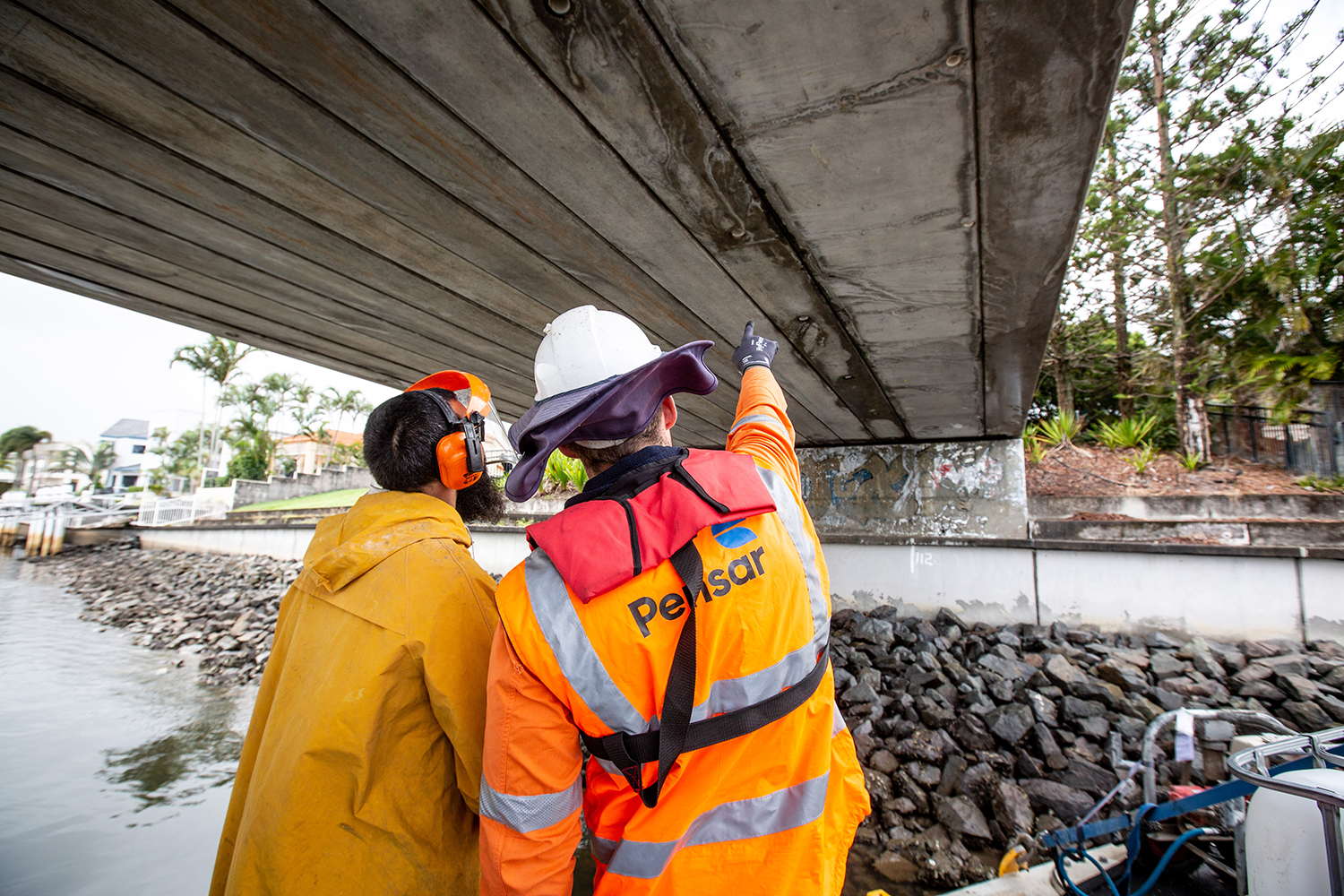Understanding the approaches to infrastructure rehabilitation is essential for maintaining and enhancing our public facilities. Over time, infrastructure, such as roads, bridges, and water systems, deteriorates due to various factors like weather, wear, and outdated materials. By using effective rehabilitation strategies, we can extend the life of our infrastructure and improve safety and efficiency. In this article, we’ll discuss the best approaches to infrastructure rehabilitation, providing insights into their importance and implementation.
Assessing Infrastructure Condition
The first step in any rehabilitation project is to assess the condition of the existing infrastructure. Conducting a thorough evaluation helps identify problems and prioritize repairs. This assessment can involve visual inspections, material testing, and the use of advanced technologies like drones and sensors. By understanding the current state, planners can determine which approaches to infrastructure rehabilitation will be most effective.

Prioritizing Rehabilitation Needs
After assessing the condition, it’s important to prioritize rehabilitation needs based on urgency and impact. For example, some structures may pose safety risks, while others may be critical for transportation or utilities. Using a risk-based approach helps allocate resources effectively and ensures that the most important repairs are addressed first. This strategic prioritization is crucial for effective infrastructure management.
Choosing the Right Rehabilitation Methods
There are various methods available for infrastructure rehabilitation, and selecting the right approach is key to project success. Some common methods include resurfacing, replacing, and retrofitting. Resurfacing is often used for roads and pavements to improve surface quality without significant structural changes. Replacement is necessary when the existing structure is beyond repair. Retrofitting involves adding new features to improve functionality, such as reinforcing a bridge to handle heavier loads. Each of these approaches to infrastructure rehabilitation serves specific needs and conditions.
Implementing Modern Technologies
Modern technologies play a significant role in enhancing rehabilitation efforts. For example, Geographic Information Systems (GIS) help visualize and analyze spatial data, allowing planners to make informed decisions. Additionally, Building Information Modeling (BIM) enables the creation of detailed digital models that can streamline the rehabilitation process. Incorporating these technologies into infrastructure projects can lead to more efficient planning and execution, ultimately improving outcomes.
Involving Stakeholders
Engaging stakeholders is another important aspect of the approaches to infrastructure rehabilitation. Stakeholders include local communities, government agencies, and contractors. By involving them early in the planning process, we can gather valuable input and address concerns. This collaboration fosters transparency and can lead to more community support for rehabilitation projects. Open communication helps build trust and ensures that the needs of all parties are considered.
Sustainability Considerations
When planning infrastructure rehabilitation, it’s crucial to consider sustainability. This means selecting materials and methods that reduce environmental impact. For instance, using recycled materials can minimize waste and lower project costs. Additionally, implementing green infrastructure, such as permeable pavements and rain gardens, can improve stormwater management. Prioritizing sustainable practices not only benefits the environment but can also enhance community resilience.
Monitoring and Maintenance Plans
After rehabilitation, it is essential to establish monitoring and maintenance plans. Regular inspections help identify any issues before they become significant problems. By investing in ongoing maintenance, we can extend the lifespan of rehabilitated infrastructure and reduce future repair costs. This proactive approach ensures that infrastructure remains safe and functional for years to come.
Evaluating Rehabilitation Success
Evaluating the success of rehabilitation projects is crucial for understanding what works and what needs improvement. Collecting data on performance indicators, such as safety, functionality, and cost-effectiveness, helps inform future projects. By analyzing these outcomes, planners can refine their approaches to infrastructure rehabilitation and share best practices with others in the field.
Funding and Resource Allocation
Securing funding for infrastructure rehabilitation is often a challenge. Understanding available funding sources, such as government grants, public-private partnerships, and community investment, is essential. By effectively communicating the importance of rehabilitation to decision-makers, we can increase the likelihood of securing necessary resources. Strategic planning and collaboration can lead to successful funding outcomes.
Conclusion
In conclusion, knowing the best approaches to infrastructure rehabilitation is vital for maintaining and improving our public facilities. By assessing conditions, prioritizing needs, and choosing appropriate methods, we can enhance the longevity and functionality of our infrastructure. Incorporating modern technologies, involving stakeholders, and considering sustainability are also crucial for successful projects. Finally, establishing monitoring plans and evaluating outcomes ensures that we continuously improve our rehabilitation efforts.




